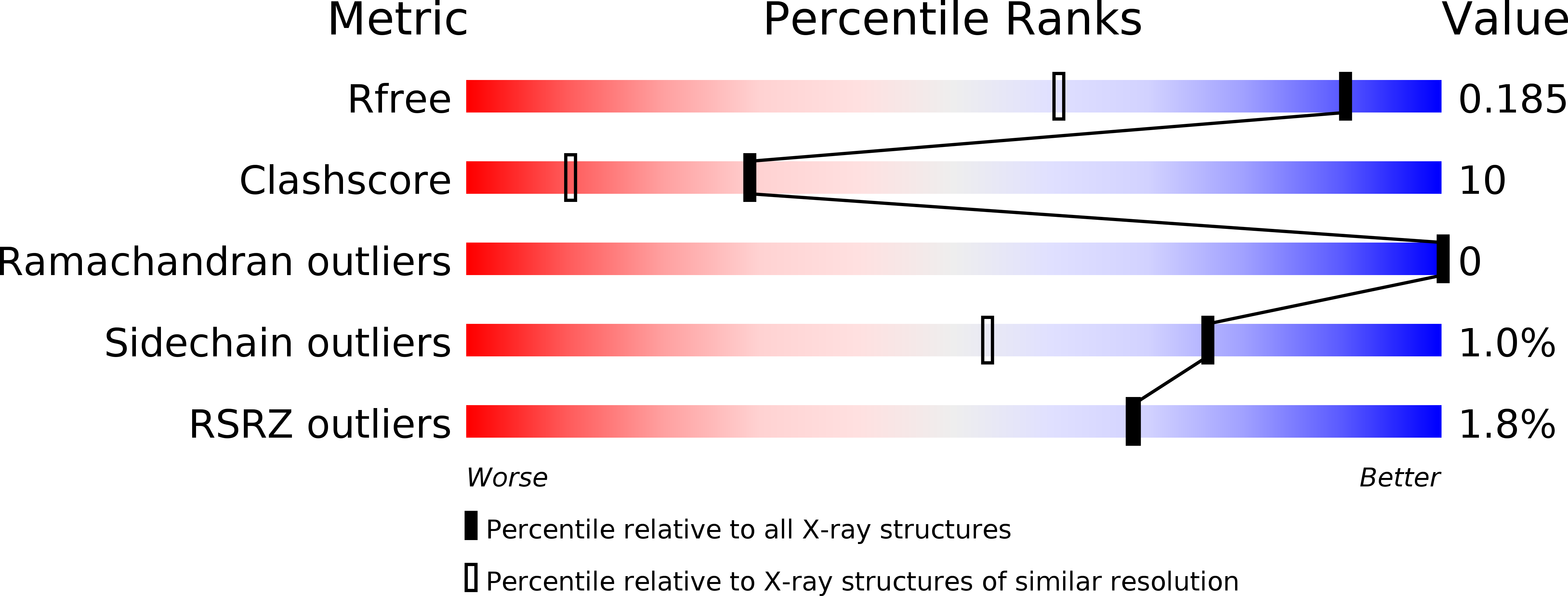
Deposition Date
2012-02-09
Release Date
2013-02-13
Last Version Date
2023-09-13
Entry Detail
PDB ID:
4DO2
Keywords:
Title:
Crystal Structure of the Rop protein mutant D30P/A31G at resolution 1.4 resolution.
Biological Source:
Source Organism:
Escherichia coli (Taxon ID: 562)
Host Organism:
Method Details:
Experimental Method:
Resolution:
1.40 Å
R-Value Free:
0.18
R-Value Work:
0.15
R-Value Observed:
0.16
Space Group:
P 1 21 1


